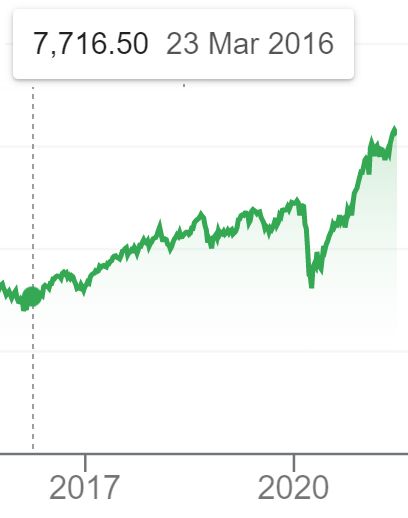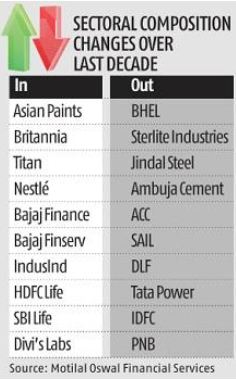Introduction:
In your Python script, start by importing the necessary libraries:
import pandas as pd import numpy as np from sklearn.model_selection import train_test_split from sklearn.preprocessing import StandardScaler from sklearn.metrics import accuracy_score, classification_report from sklearn.ensemble import RandomForestClassifier from xgboost import XGBClassifierLoad and preprocess your dataset:
data = pd.read_csv("financial_data.csv") X = data.drop("risk_label", axis=1) y = data["risk_label"]Step 3: Train-Test Split and Data Scaling
Split the data into training and testing sets:
X_train, X_test, y_train, y_test = train_test_split(X, y, test_size=0.2, random_state=42)Scale the features for better model performance:
scaler = StandardScaler() X_train_scaled = scaler.fit_transform(X_train) X_test_scaled = scaler.transform(X_test)Step 4: Implement ML Models
In this example, we'll use two powerful ML models: Random Forest and XGBoost.
- Random Forest Classifier:
rf_model = RandomForestClassifier(n_estimators=100, random_state=42) rf_model.fit(X_train_scaled, y_train) rf_predictions = rf_model.predict(X_test_scaled) rf_accuracy = accuracy_score(y_test, rf_predictions) print("Random Forest Accuracy:", rf_accuracy) print(classification_report(y_test, rf_predictions))
- XGBoost Classifier:
xgb_model = XGBClassifier(n_estimators=100, random_state=42) xgb_model.fit(X_train_scaled, y_train) xgb_predictions = xgb_model.predict(X_test_scaled) xgb_accuracy = accuracy_score(y_test, xgb_predictions) print("XGBoost Accuracy:", xgb_accuracy) print(classification_report(y_test, xgb_predictions))Step 5: Evaluate and Compare
Evaluate the models' performance using accuracy and classification reports. Compare their results to determine which model is better suited for your risk management goals.
Conclusion:
AI-driven risk management is revolutionizing the financial services industry. By harnessing the capabilities of machine learning, financial institutions can accurately assess risks, make informed decisions, and ultimately ensure their stability and growth. In this article, we've demonstrated how to implement risk management using the best ML models in Python. Experiment with different models, fine-tune hyperparameters, and explore more advanced techniques to tailor the solution to your specific financial service needs. The future of risk management lies at the intersection of AI and finance, and now is the time to embrace its potential.
AI and Financial Risk Management – Critical Insights for Banking LeadersI hope this article was helpful. If you have any questions, please feel free to leave a comment below.






















